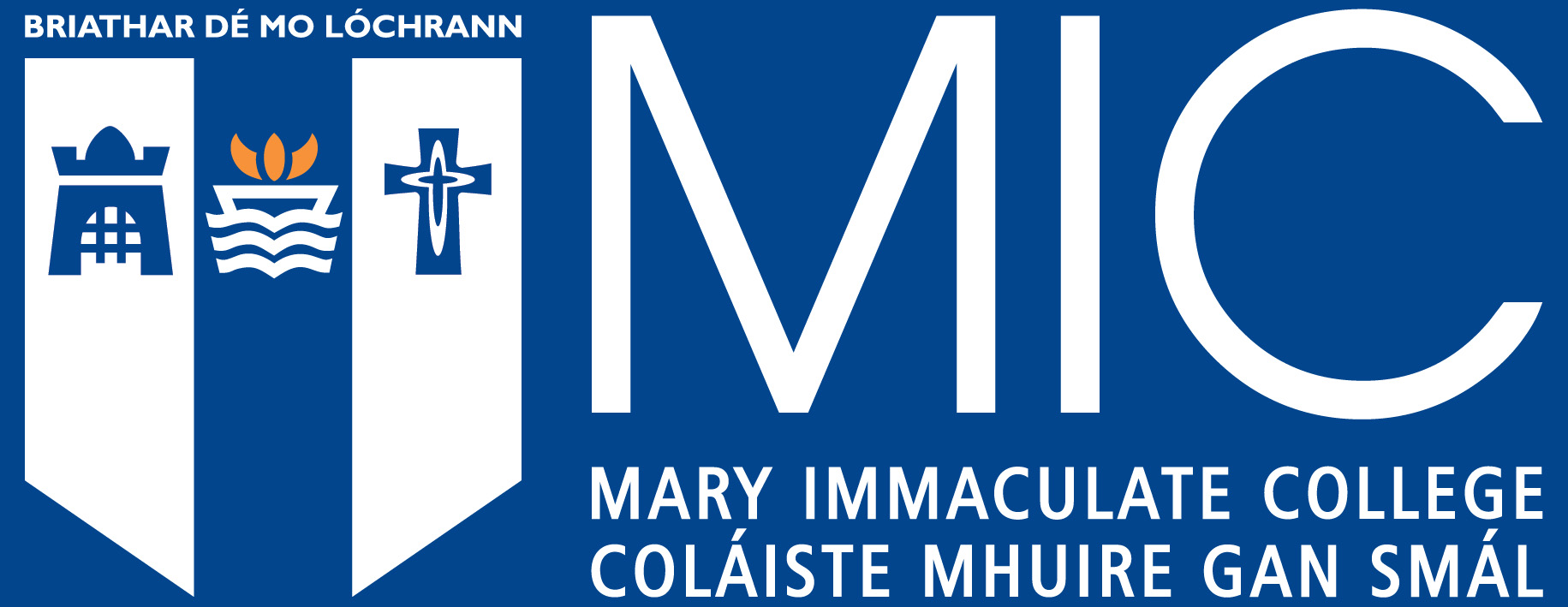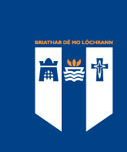Making children visible: using student voice to shape inclusive practice in mainstream post-primary schools in Ireland
Abstract
Ratification of the United Nations Conventions on the Rights of the Child (UNCRC) in 1989 initiated academic, political and community interest and commitment to advancing advocacy and support for children, their rights, their voice and their participation in all decisions which affect them (Jones and Marks 2017). Accordingly, children’s policy developments in national and international contexts centered on listening to the voices of children and young people to achieve better outcomes for all. However, the voices of children with Special Educational Needs and Disabilities (SEND) are rarely consulted (Alderson and Morrow 2020). Children with SEND tend to be the end users of policies and practices developed and implemented in their name without their consultation or participation (Kilkelly et al. 2004; Lundy et al. 2014; Moloney et al. 2021). This is evident in education policy. With an increasing number of students with SEND in mainstream schools and with the National Council of Special Education (NCSE) recommending a progressive realisation towards an inclusive education system (NCSE 2024), it is timely that we listen to the voices of children with SEND to examine what is working well and what needs to change to enhance inclusive practice in our schools.
Consequently, this research set out to explore the experiences and perspectives of 13 students with intellectual disabilities (ID) in mainstream post-primary schools in Ireland. It aimed to understand if these experiences were barriers or facilitators to participation in the life of the school, including decision making. Framed within the transformative paradigm this research situated children with ID as co-researchers and agents of change. However, research with children, particularly children with disabilities, can pose methodological and ethical challenges (Keenan 2016). Consequently, Photovoice as a participatory visual research method was chosen to support students to voice their experiences. It’s use operationalised Lundy’s Model of Participation (2007), which severed as the theoretical and methodological framework for this study by providing space, voice, audience and influence which are necessary for children as right-bearing citizens to express their views and have their voices heard in an ethical inclusive manner.
Findings highlight the complexity of the lived experience of students with ID in mainstream schools, as they navigate places, spaces and people who challenge and support them in their school journey. Barriers and facilitators which influence the participation of students with ID, including their participation in decision making, emphasise the complexity of inclusive practice. Findings stress tensions and dilemmas between the voices of students with ID, the voices of adults, and national and international policy. These tensions call for a reimagining of support structures which address individual needs, not categories of disabilities. This has implications for policy and practice and emphasises the necessity to listen to the voices of students with ID to enhance inclusive practice in our schools.
Keywords
Student voiceChildren's rights
Intellectual disabilities
Inclusive practice


